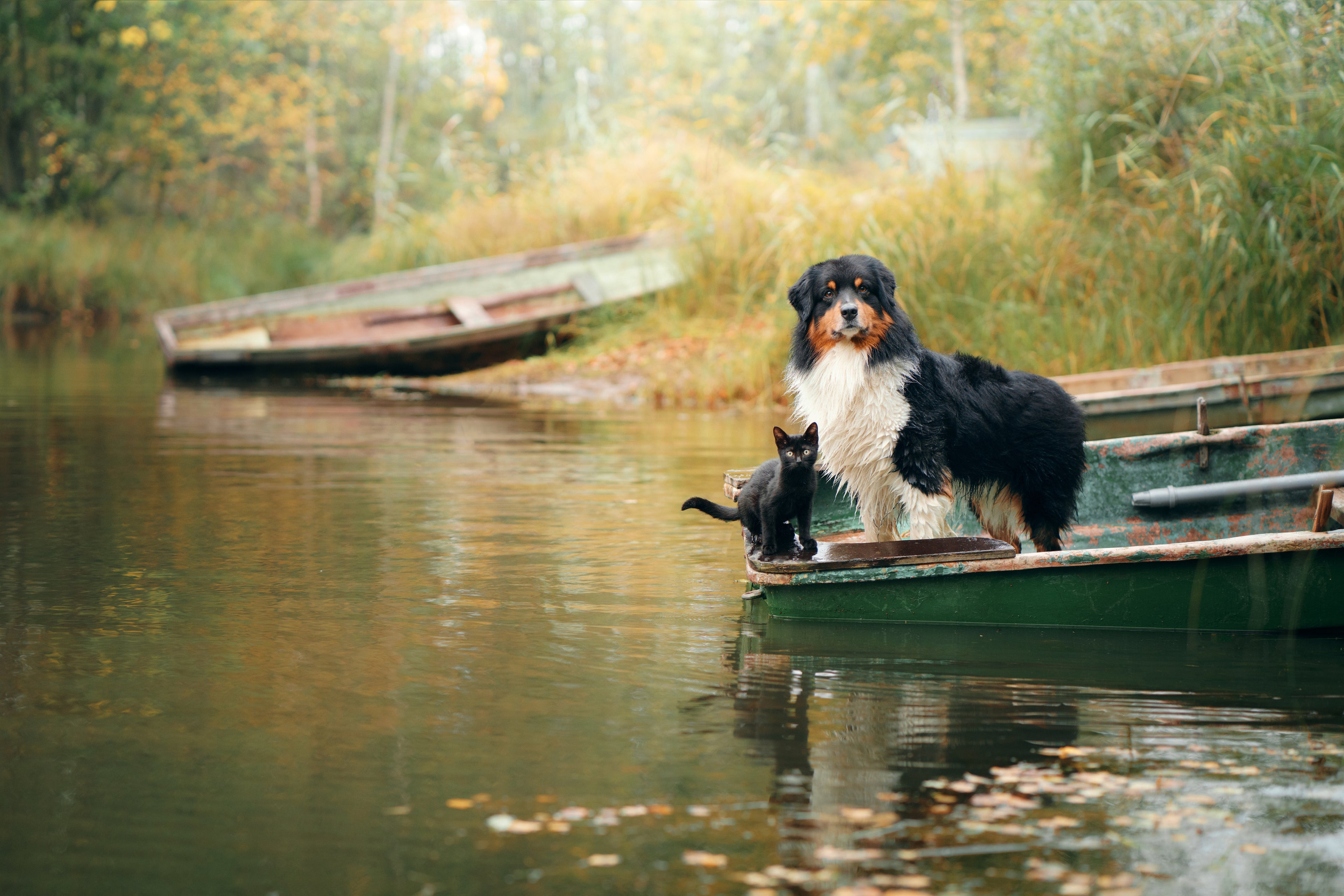How to Spot Joint Issues & Symptoms: Signs Of Joint Pain In Dogs
Here at Pets Purest, we take pet health seriously. In this blog, we’ll highlight the most common signs of joint pain in dogs so you can identify if your four-legged friend might need a helping hand.
Changes in our pet’s behaviour can indicate they may be suffering or in discomfort. It’s important we stay aware of any changes in our pets and seek veterinary advice when needed. We’re sharing some of the most common signs of joint pain in dogs and answering common questions and concerns including ‘Does my dog have joint pain’ and ‘What is the best joint supplement for dogs in the UK?’.
Read on to find out the 8 most common signs of joint pain in dogs:
- Lameness
- Changes in appetite
- Irritability
- Slower to rise
- Licking joints
- Uneven wearing of nails
- Sleeping more than usual
- Pacing or difficulty getting comfortable
Lameness
The very first signs of lameness can be subtle. If you’re unsure or have concerns about your pet's gait it can be beneficial to record a short slow-mo clip using your smartphone so you can look back and review how they’re moving. Having this clip is also really beneficial if you do visit your vet, especially if the lameness is only occasional or after particular activities.
Changes in appetite
Some dogs will eat regardless of discomfort (Labradors we’re looking at you!). However, others may start to experience changes in their appetite if they’re feeling uncomfortable. If your pet goes from gulping down meals or their favourite Pets Purest natural dog treats to leaving food in their bowl and refusing snacks, it's worth having a chat with your vet!
Irritability
If you have a multi-pet household you may notice a change in tolerance towards the other pets in the house. Another sign of joint pain in dogs is if they go from happy to a bit more snappy. If your dog is suddenly spending more time away from their usual companions or is reluctant to play their usual games with others, it may be a sign of something underlying.
Slower to rise

If you’re wondering ‘Does my dog have joint pain?’ If they’ve become slower to rise the answer may be yes. Like many humans, as joints become uncomfortable simple tasks like getting in and out of bed or up and on the sofa can become a little more difficult for your dog.
Pain in the joints can cause pets to seem stiff as they get off their bed or in some cases cause them to completely stop using their favourite sleeping spots. A common example in cats is no longer jumping up onto window sills or other raised areas they once used to enjoy sleeping on.
Licking joints
Excessive licking can be a sign of lots of different things, including anxiety, but when focused on a certain joint or area, most commonly around the forepaws, it can be a sign of joint pain. This symptom is often more noticeable in lighter-coloured dogs as the fur can begin to stain a red/brown colour due to excessive saliva on the coat.
Uneven wearing of nails
Some lameness can be subtle but our pet's paws don’t lie! Have a look at your dog's nails, are they all a similar length? If our pets are carrying their weight differently to try and accommodate discomfort in their joints this can cause them to wear their nails unevenly. If your pet has shorter nails on one side compared to another it may be that they’re compensating for discomfort when walking and a vet visit is likely needed!
Sleeping more than usual
A lot of people assume that an increase in sleeping can be just a natural part of ageing, but for most pets it's more likely due to feeling too uncomfortable and fatigued to do many other tasks! Excessive sleeping can be a clear sign of joint pain in dogs and is definitely worth mentioning to your vet.
Pacing/Difficulty getting comfortable
Some pets may start sleeping less, if your pet is suddenly pacing, struggling to get comfortable, readjusting their position frequently or starting to wander in the night it may be due to joint pain and it could be worth speaking with a vet to have their joints assessed.
Any changes in your pets normal habits or routine are worth discussing with your vet. The signs we’ve suggested are just a few of the possible changes you may see in dogs with joint discomfort but can also be symptoms of other diseases and are worth keeping note of so that you can discuss them with a professional.
What is the best joint supplement for dogs in the UK?

Here at Pets Purest, we stock a fantastic selection of joint supplements for dogs designed to support dogs of all ages. Our supplements aid and support joint and hip mobility and can be used to lessen or prevent joint pain. Try our Joint and Mobility Bundle to help your furry friends get back to their usual playful selves!
Don’t forget to check out our complete range of dog supplements to keep your pets in tip-top shape, and our tasty natural dog treats for a healthy snack for your furry friend!



1 comment
Very helpful & interesting article 👍 Thank you 😊